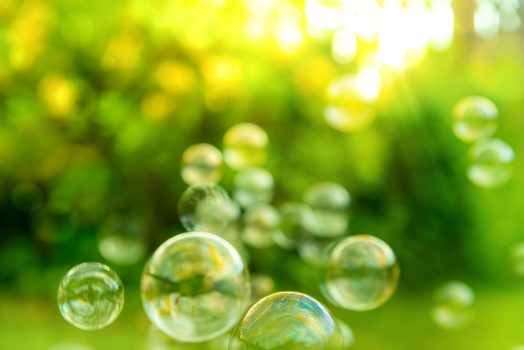
Controlling the spread of Healthcare Acquired Infections (HAIs) in a healthcare or residential aged care facility is an essential component of care.
While everyone is susceptible to infection, elderly aged care residents are more vulnerable to infections for a number of reasons, including frail age, chronic illness or an admission to hospital.
Person to person contact is a common form of transmission, as well as contact with surfaces where disease-carrying substances may be invisible to the naked eye. In addition to standard infection control precautions, such as hand-hygiene and cough etiquette, efficient and effective cleaning protocols and spill management is the first line of defence. (source below)
It’s vital that all surfaces and touchpoints throughout the facility are thoroughly disinfected to maintain a hygienic environment. This is the most effective way to minimise the risk of transmitting infections via indirect contact with surfaces and touchpoints.
Yet cleaning with harsh chemicals and high volumes of water can be problematic too. A freshly mopped floor or wet surface can be a slip hazard for elderly residents moving around the area. Harsh chemicals can emit a strong odour which can be unpleasant for residents and staff to be exposed to.
Increasingly, cleaning teams in the aged care sector are shifting to a less water and chemical intensive cleaning practice, using microfibre systems. It’s not just a matter of looking after everyone’s health and safety either. Using less water and chemicals is more sustainable; it’s better for the environment, staff productivity, WHS and the organisation’s bottom line.
Amana Living case study
Amana Living in Western Australia found its water use could be drastically reduced, by switching to a launderable microfibre cleaning system across its residential aged care facilities.
Amana Living calculated the reduction in water equated to around 600 litres per day, or 218,000 litres per year. It meant significant water and cost savings, plus lower risk of injury associated with lifting heavy buckets.
With a microfibre mop, staff no longer needed to lift 600kg of water as part of their daily cleaning rounds. Microfibre technology solves this workplace health risk and delivers many other environmental, social and financial benefits.
This shift towards green cleaning with microfibre delivers many savings and benefits, not just limited to lower environmental impact. It has additional productivity savings for staff and improves the ‘customer experience’ for aged care residents.
Without trips back and forth to fill and empty buckets, staff now can clean more spaces in less time so the organisation is seeing a tangible improvement in productivity without higher labour costs.
Cleaning teams can now clean more efficiently, and achieve more consistent hygienic results within timeframes they previously felt were unrealistic. All staff expressed an increased level of personal satisfaction and pride using microfibre. Best of all, over time, the rooms are increasingly easier to clean. Improved staff morale is a strong indicator of success and clear sustainability advantage for Amana Living
This greener cleaning method also has reduced dying times at Amana Living which has vinyl floors in many high traffic areas. Slippery wet floors can be a serious fall risk for residents with impaired mobility. Previously, a traditional wet mop system meant floors would take three to four times longer to dry.
No-compromise ‘green’ cleaning in aged care
Sustainability is an increasingly-important consideration for the aged care sector. Using lower volumes of water and commercial-grade chemicals means less toxic substances ending up down the drain and into waterways. However, an important consideration with environmentally-responsible cleaning practices is ensuring hygiene standards are not compromised.
The development of professional-grade microfibre has helped many organisations fulfil its commitment to reducing water and chemical use without compromising quality and hygiene.
An effective cleaning process must not only deal with visible food and liquid spills, but the invisible germs which must be completely removed to protect a resident’s health.
Microfibre works differently to standard cleaning cloths, due to its scientifically-designed fibres that are engineered to attract and trap dirt, dust, grease, food and liquid. With only a small amount of water and chemicals, microfibre cloths are able to remove dirt, grease, food and germs from any hard surface in a residential aged care environment.
Microfibre, as the name implies, is specially designed with incredibly fine fibres, 20 times lighter than a human hair. Superior-quality microfibre uses different polymers to create positive attraction, so the fibres trap and hold dirt and grease particles amongst the fibre, reducing the risk of transfer.
Using damp microfibre cloths and mops with only a small amount of cleaning chemicals eliminates the need to wring out excess liquid, lift or empty buckets and pour high quantities of water and chemicals down the drain. Reusable microfibre cloths and mop pads can be washed again and again, further reducing product waste going to landfill.
www.rubbermaidcommercial.com.au
This first appeared in the September/October issue of INCLEAN magazine.
Farhad T Gojayev on: Cleaning by day
simon on: Image gallery: CleanNZ Expo 2022
Tony on: Recruit, train, retain – the three-step blueprint for staff loyalty